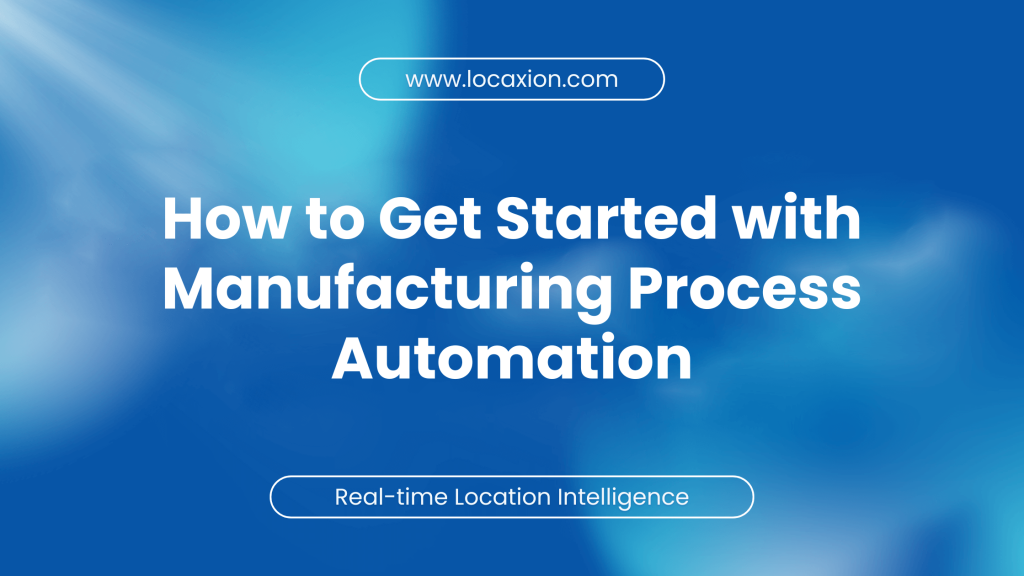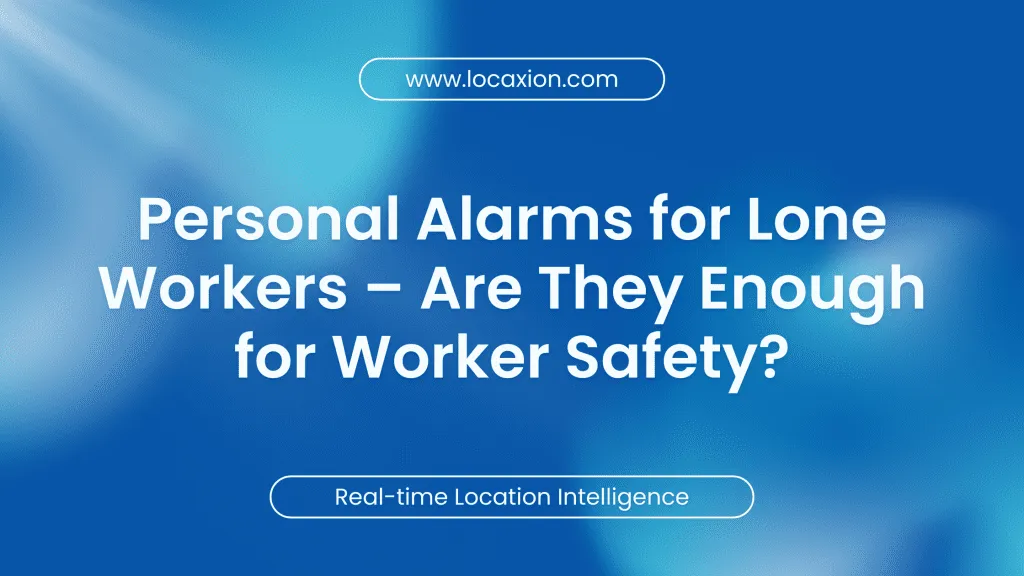In today’s fast-paced industrial environments, ensuring worker safety and optimizing operational efficiency are paramount. Personnel tags, powered by Real-Time Location Systems (RTLS), have emerged as a game-changing solution. These advanced tracking devices go beyond traditional ID badges, offering real-time monitoring, instant alerts, and valuable data insights. As industries evolve to meet stringent safety standards and boost productivity, personnel tags are becoming an indispensable tool for modern workforce management.
How Do Personnel Tags Work?
Personnel tags leverage RTLS technology to provide accurate, real-time location data of employees within a defined area. Here’s an overview of how they function:
- RTLS-based tracking: Tags communicate with fixed anchor points to determine precise locations.
- Multiple technologies: RFID, Ultra-Wideband (UWB), Bluetooth Low Energy (BLE), and GPS offer various options for different environments.
- Real-time monitoring: Continuous updates on worker locations and status.
- Alerts and geofencing: Instant notifications for safety violations or restricted area breaches.
Types of Personnel Tags: Which Personnel Tag is Right for You?
Wearable Tags:
- Wristbands: Comfortable for long-term wear
- Clip-on tags: Easily attached to clothing or helmets
- Badges: Familiar form factor for most employees
Sensor-Embedded Tags:
- Temperature sensors: Monitor environmental conditions
- Motion detectors: Identify falls or prolonged inactivity
- Impact sensors: Alert to potential injuries
Industry-Specific Use Cases:
- Healthcare: Patient tracking and staff efficiency
- Warehouses: Optimizing picking routes and safety compliance
- Construction: Ensuring proper PPE usage and zone management
- Mining: Monitoring air quality and worker locations underground
Key Benefits of Using Personnel Tags for for Location Tracking & Safety
Workforce Safety:
- Immediate response to emergencies
- Proactive hazard prevention
- Ensuring proper safety protocol adherence
Compliance:
- Automated time and attendance tracking
- Detailed audit trails for regulatory requirements
- Enforcing access control to restricted areas
Operational Efficiency:
- Optimizing workforce distribution
- Identifying bottlenecks in processes
- Improving resource allocation
Cost-Saving:
- Reducing workplace accidents and associated costs
- Minimizing downtime through efficient operations
- Automating manual tracking processes
Personnel Tags vs. Traditional ID Badges – What’s the Difference?
| Feature | Personnel Tags (RFID/RTLS) | Traditional ID Badges |
| Real-time tracking | Yes | No |
| Automated data collection | Yes | Limited |
| Emergency alerts | Instant | Manual process |
| Access control | Dynamic & location-based | Static |
| Data insights | Comprehensive | Limited |
Real-time tracking offered by personnel tags provides a significant advantage over traditional access control, enabling proactive safety measures and operational improvements.
Industries Leveraging Personnel Tags: Real-World Use Case
Manufacturing & Warehouses:
- Optimizing picking routes
- Ensuring proper machine operation certifications
- Monitoring restricted areas around heavy machinery
Healthcare:
- Patient tracking to prevent wandering
- Staff allocation during emergencies
- Equipment tracking for improved utilization
Construction & Oil & Gas:
- Ensuring proper PPE usage in hazardous areas
- Monitoring worker fatigue and rest periods
- Rapid evacuation management
Mining & Heavy Industries:
- Underground worker tracking
- Air quality monitoring in confined spaces
- Vehicle collision prevention
Common Myths About Personnel Tracking & How to Overcome Them?
Myth: Personnel tags invade privacy!
- Reality: Implement anonymized tracking and clear data usage policies to address privacy concerns.
Myth: Too expensive to implement.
- Reality: Demonstrate ROI through reduced accidents, improved efficiency, and lower insurance premiums.
Myth: GPS is enough for tracking workers.
- Reality: Explain the limitations of GPS indoors and the superior accuracy of RTLS technologies like UWB for indoor environments.
Personnel Tag Buying Guide: How to Choose the Right Tracking System?
Consider these key features:
- Battery life: Long-lasting power for uninterrupted tracking
- Integration capabilities: Seamless connection with existing systems
- Indoor/outdoor accuracy: Choosing the right technology mix for your environment
- Scalability: Ability to grow with your business needs
Integration with Workforce Safety & Compliance Systems
Personnel tags can integrate with:
- Time and attendance systems
- Access control platforms
- Safety management software
- ERP and workforce management tools
This integration creates a comprehensive safety and efficiency ecosystem.
Future Trends in Personnel Tracking Technology
AI-powered tracking & predictive analytics:
- Forecasting potential safety issues before they occur
- Optimizing workforce allocation based on historical data
5G & IoT advancements:
- Enhanced real-time monitoring capabilities
- Improved location accuracy and reduced latency
Edge computing & cloud integration:
- Faster data processing for instant decision-making
- Improved scalability and system responsiveness
Conclusion – Why Advanced Personnel Tracking is Essential
While personnel tags are key enablers of real-time workforce monitoring, a holistic RTLS for staff protection strategy goes beyond location tracking—integrating proactive alerts, zone-based analytics, and automated compliance to ensure comprehensive worker safety.
Looking to implement a more intelligent, scalable approach to workforce monitoring? Explore our employee location tracking system—a vendor-neutral RTLS solution built to optimize safety, compliance, and efficiency across your operations.
Contact LocaXion today to learn how we can tailor a solution to meet your unique needs.




